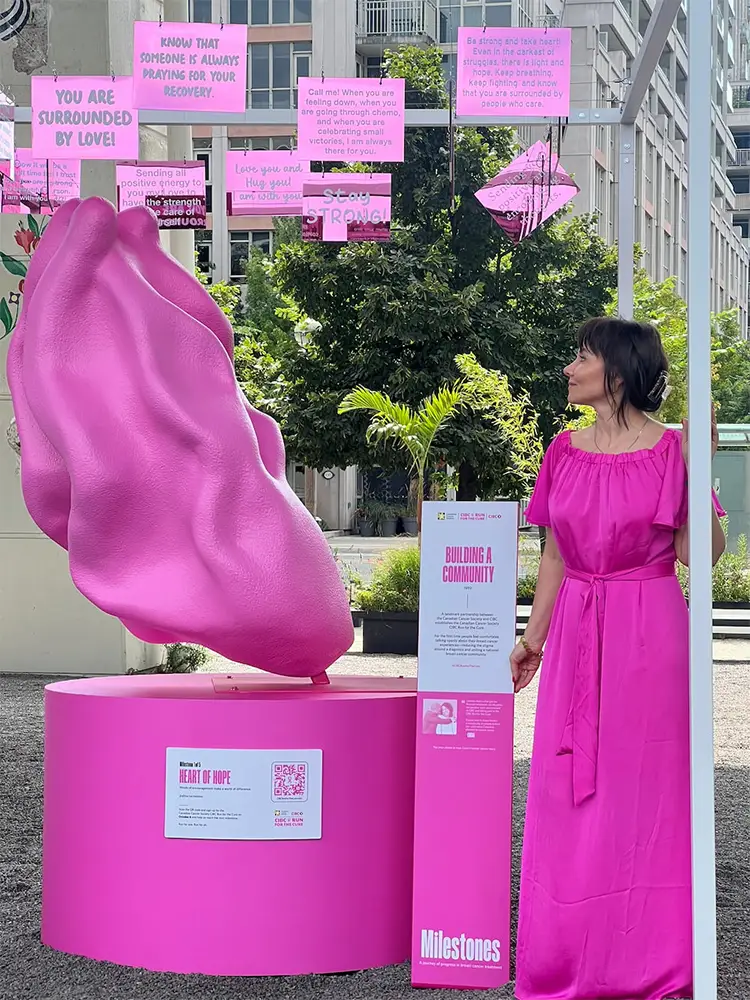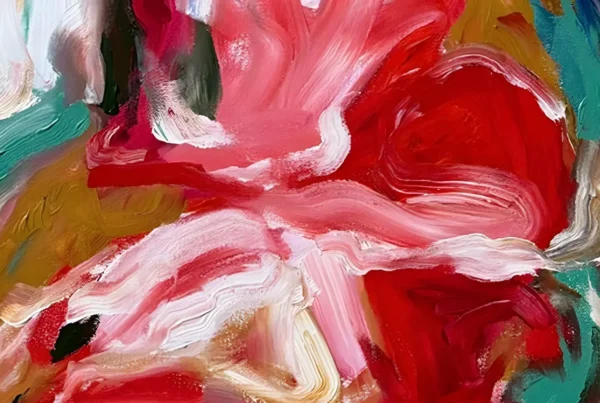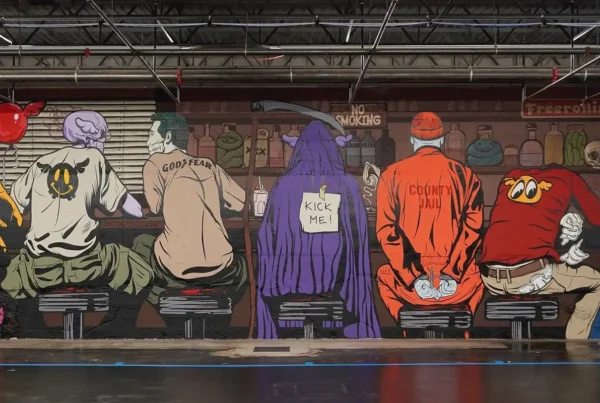“You walk in as one version of yourself and leave as another. That’s the goal.”
Where Inner Landscapes Take Form
Alina Tacmelova stands at the convergence of disciplines rarely seen together—psychology, installation art, and documentary filmmaking—yet in her work, they fuse with rare cohesion. She constructs spaces not merely to exhibit objects, but to generate emotional inquiry. Her immersive installations operate as psychological environments, each one rooted in lived experience and reflective practice. Rather than relying on visual spectacle alone, Tacmelova’s work operates beneath the surface, initiating a quiet confrontation with personal and collective narratives. Through sculptural performance and spatial storytelling, she dissects the intangible: trauma, memory, inherited identity, and the spaces in which they intersect.
Her artistic evolution is as unconventional as it is resonant. Trained first as a philologist and later working professionally as a psychologist, Tacmelova’s early years were spent engaged in direct social work. She built intimate understandings of those living with HIV, struggling with addiction, recovering from incarceration, or navigating deep psychological distress. These experiences weren’t merely observational; they were foundational. “Those were my first teachers,” she reflects, acknowledging the deep impact these marginalized communities had on her worldview. Rather than distancing herself from their struggles, she embedded their emotional realities into the architecture of her later creative practice.
After immigrating and spending ten years in event design, her trajectory shifted again during the global upheaval of the COVID-19 pandemic. With a renewed sense of urgency, she returned to psychology, obtaining coaching certification and reopening her private practice. Yet something remained unresolved until she began using visual and spatial language to express the emotional undercurrents she witnessed daily. In her own words, it was the act of turning feeling into form that created cohesion between her clinical insights and aesthetic instincts. “That’s where everything aligned,” she says—a point of synthesis where therapeutic knowledge and artistic exploration found common ground.
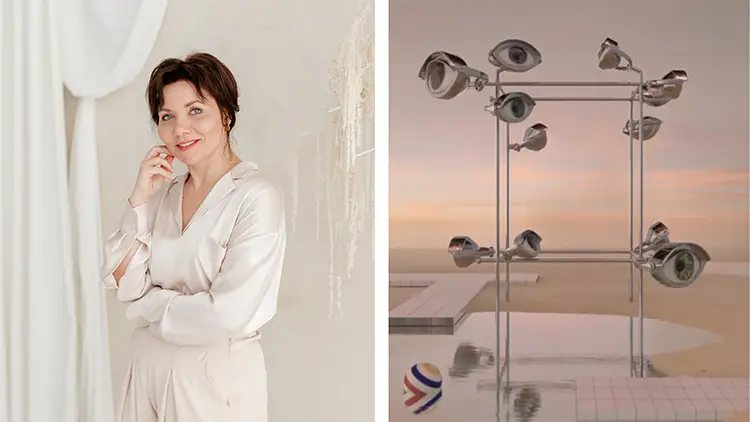
Alina Tacmelova: Emotions in Motion, Not on Canvas
Tacmelova does not work with static formats or traditional fine art techniques; she designs experiences. Her creative identity is anchored in conceptual, multidisciplinary practices where sculpture, installation, and performance supersede painting or drawing. These formats allow her to challenge the conventions of passive observation and instead foster active emotional engagement. “I want people to experience my work, not just view it,” she explains, emphasizing a participatory ethos. The goal is not aesthetic pleasure but emotional friction—the kind that stirs dormant questions and invites inward reflection, even if it doesn’t always lead to resolution.
Recurring through her practice are themes of inherited trauma, the fluidity of identity, and the constraints of perception. Her process frequently begins with raw materials—clay, paper, or even simple sketches on napkins. From these unassuming beginnings, form emerges in response to a psychological insight or emotional trigger. Rather than decorating space, she transforms it, allowing viewers to step into an emotional narrative that unfolds across three dimensions. Currently, she is extending this inquiry into the medium of film. Her first documentary is in development, conceived as a narrative-driven exploration intended to reduce psychological blind spots through visual storytelling.
This emphasis on immersive storytelling stems from a broader vision: to create environments that function as psychotherapeutic tools. Tacmelova doesn’t simply present the concept of trauma or identity—she enacts them. Every installation is designed as an emotional exercise, an experiential laboratory where vulnerability and awareness can coexist. This is especially evident in her view of immersive art as a kind of mirror, one that doesn’t flatter but reflects. It’s this belief in the power of reflection over resolution that defines the core of her methodology, distinguishing her from contemporaries who may use similar materials but lack her psychological depth.
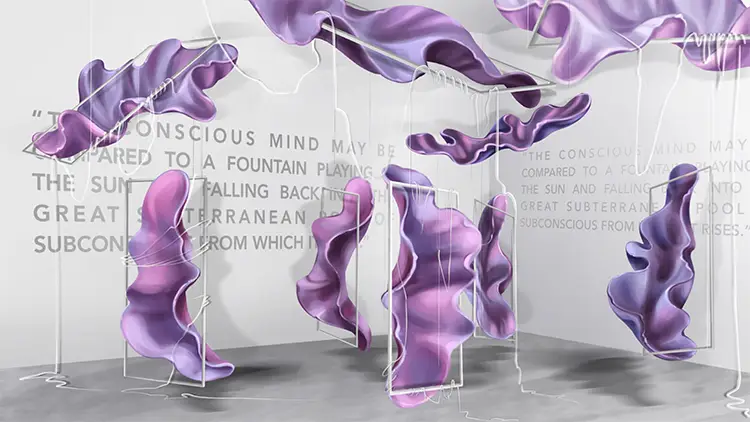
Inheritance and the Invisible Hand
Tacmelova’s first major artistic inquiry, Production of Identity, traced how emotional and psychological patterns are passed through generations, shaping us long before we form self-awareness. The work explored how societal, religious, and familial narratives become embedded in individuals, often unconsciously, and then reproduced as psychological norms. “No matter where we’re from,” she asserts, “the patterns are often strikingly similar—but they can be altered.” This project was more than an artistic debut; it was a hypothesis rendered in space, inviting audiences to reconsider how much of their identity is actually chosen.
Family Album, another pivotal piece, continued this interrogation into generational inheritance. Rather than a literal photo archive, the installation transformed abstract concepts into physical structures. Each “petal” in the work represented a fragment of psychological memory—a metaphorical residue of the unconscious shaped by expectations, traumas, and beliefs inherited from prior generations. Tacmelova’s use of organic forms underscores the naturalization of these inherited elements; they grow with us, unnoticed, yet influence every gesture and choice. The installation offered a confrontation with what often goes unspoken—the emotional echoes of those long gone, still dictating our narratives.
In her more recent installation, On the Other Side…, Tacmelova turned her focus outward, examining the cultural phenomenon of surveillance. The piece offered a visceral encounter with the tension between watching and being watched, mediated through modern tools like security cameras and social media. Rather than issuing a binary judgment, the installation created a space of ambiguity. Viewers were prompted to choose: observer or observed. “Surveillance has become part of how we live,” she notes. Yet instead of condemning it, she explores its complexities—its capacity to both violate and protect, alienate and connect. The piece stands as a meditation on trust, agency, and the quiet erosion of private selfhood.
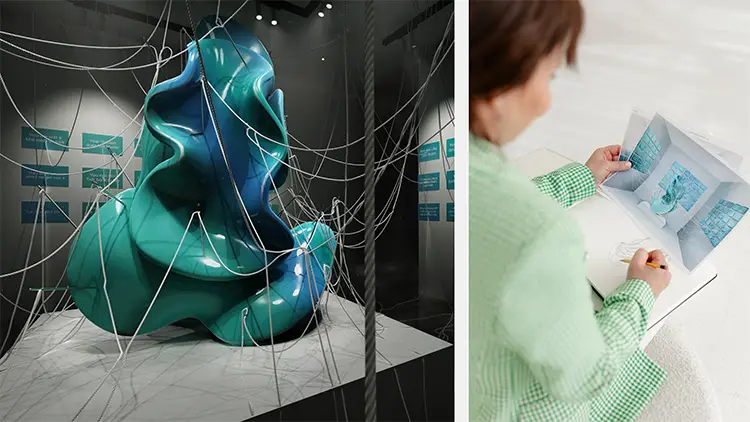
Alina Tacmelova: Architect of Inner Journeys
At the heart of Tacmelova’s ambitions lies The Soul’s Journey, a proposed installation that represents the culmination of her psychological and artistic inquiries. This immersive, multi-room environment is designed as a therapeutic passage through the layers of the human psyche. Each room incorporates a distinct sensory focus—sound, touch, visual art, live performance—aimed at guiding participants from mental disarray toward emotional clarity. Phones are to be left behind; social media remains at the door. The installation is not a spectacle, but a deeply personal odyssey. “You walk in as one version of yourself and leave as another,” she explains. The estimated cost of this ambitious project is $800,000, and Tacmelova is actively seeking avenues to bring it to life.
What makes The Soul’s Journey so radical is its insistence on silence—not just external quiet, but an inner stillness rarely encountered in today’s overstimulated world. In a cultural climate where distraction is default, Tacmelova’s vision asks for something more: surrender. Participants must engage not as spectators, but as travelers within themselves. The project embodies her belief that art should not just describe transformation, but initiate it. Unlike therapeutic dialogue or visual analysis, this installation proposes an emotional architecture built entirely for inward movement—a space not just to look, but to feel through.
This ethos underscores all of Tacmelova’s work. She is not interested in creating art for passive admiration or market appeal. Her installations are designed to interrupt, to unsettle, and ultimately, to heal. By merging psychological insight with spatial design, she constructs not simply exhibitions, but environments of awakening. Through sculpture, light, and interactive form, she invites each visitor into their own hidden story. In doing so, Tacmelova redefines the purpose of contemporary art—not as a commodity, but as a transformative process that mirrors our most private selves.
